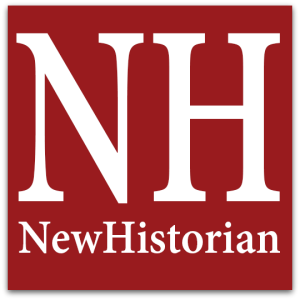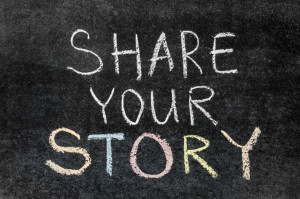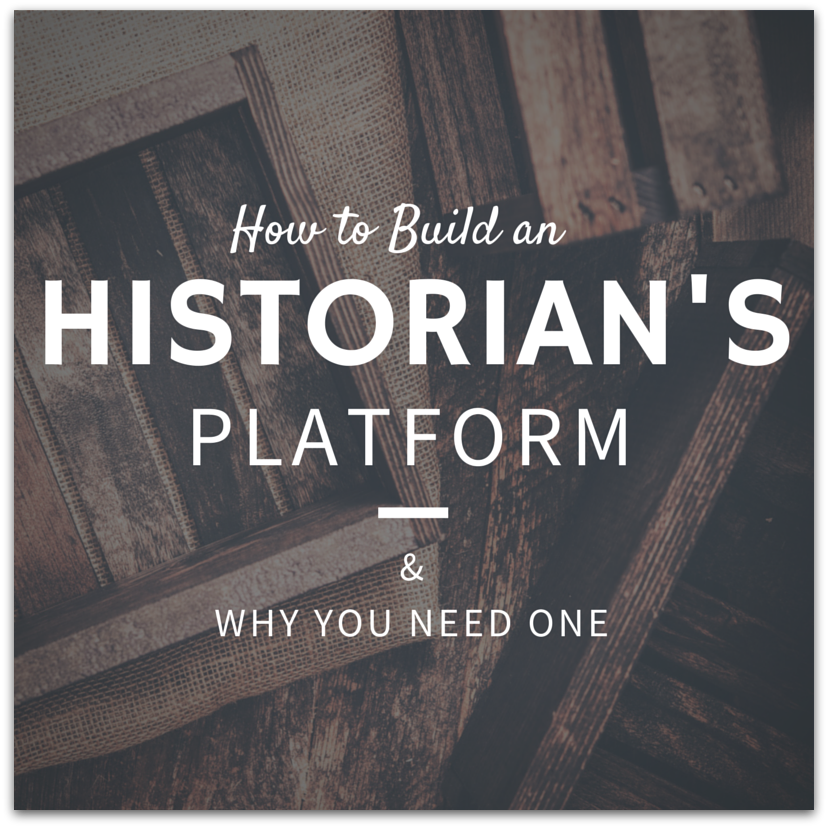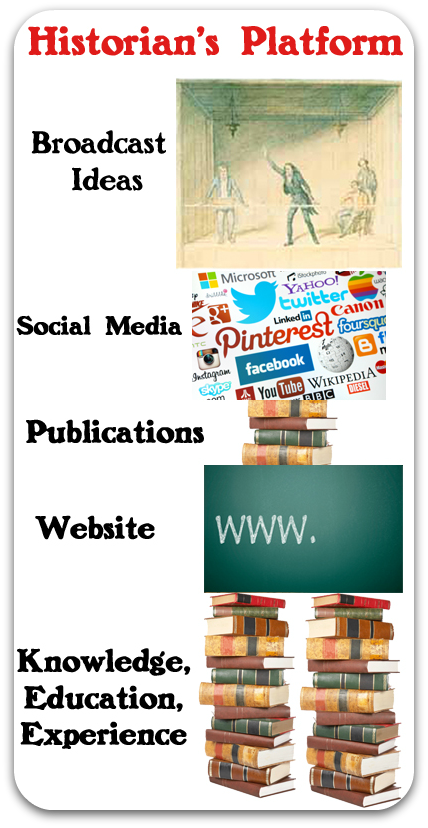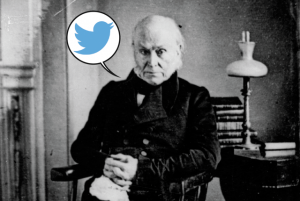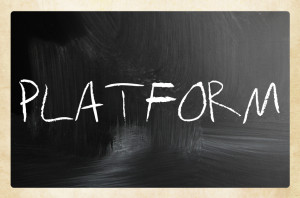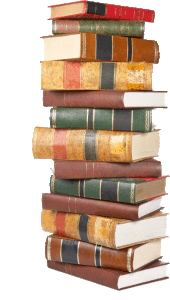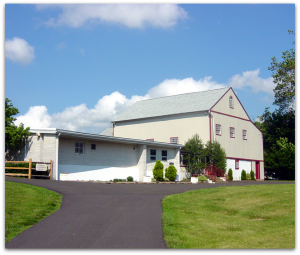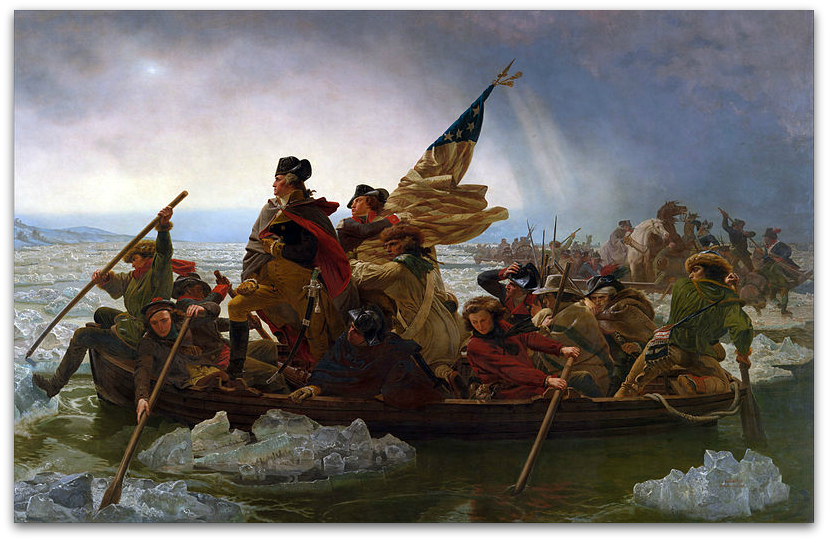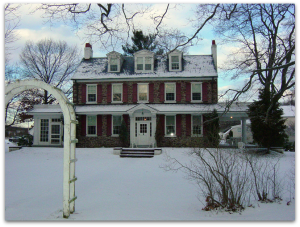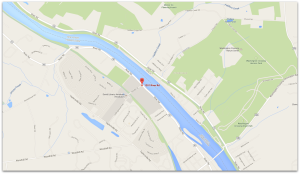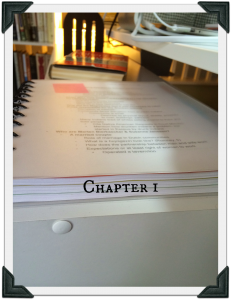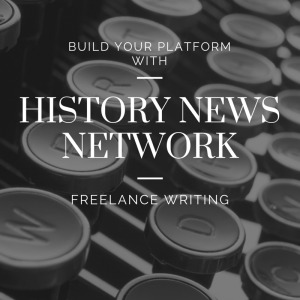 Are you looking for ways to connect history lovers to your historical research?
Would you like to build an audience for your blog or increase your social media followers?
Are you looking for ways to connect history lovers to your historical research?
Would you like to build an audience for your blog or increase your social media followers?
If you answered “yes” to any of the above questions, you should write guest posts or articles for established blogs and publications, which will introduce your work to new readers.
In this post, you will discover information about the History News Network, a well-established, digital publication that accepts freelance writing.
About
The Center for History and New Media (CHNM) at George Mason University hosts the History News Network (HNN). The CHNM created the digital publication “to help put current events into historical perspective.” To this end, HNN primarily publishes op-ed articles.
HNN values historians’ work. Its founders and editors understand that society can’t escape its history and that the best way to look at the present is within the context of the past. The HNN editorial team tries to better our world by placing historians’ work in front of millions of readers.
History News Network has a substantial following: Around 300,000 people visit its website each month. Over 12,000 people subscribe to its newsletter. 8,000 people follow its Twitter account. And, its article archive generates over 10 million hits (or file requests) per month.
HNN attracts a lot of attention not only because history is always relevant, but because its editorial team vets each article. Readers can be sure that a subject-matter expert has written each piece.
The CHNM works to ensure the wide dissemination of the information published by History News Network. HNN encourages other publications to reprint its articles and allows search engines such as Google and Yahoo Search to use spiders to search its archives, which helps place HNN articles within their search results.
Overview: How to Write an Op-Ed
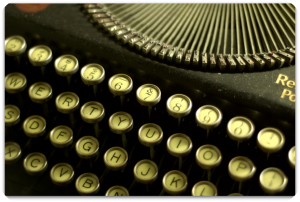 HNN primarily publishes op-ed articles that look at current events within the context of history.
HNN primarily publishes op-ed articles that look at current events within the context of history.
Its mission statement stipulates that historians have a duty “to expose politicians who misrepresent history,” "point out bogus analogies," "deflate beguiling myths," "remind Americans of the irony of history,” place events in context, and "remind us all of the complexity of history.” Op-eds serve historians well as they perform these duties.
Op-eds present thoughts and ideas about a current situation. They also make a case for why those thoughts and ideas are valid and important.
Op-ed Anatomy
Op-eds contain five parts: hook or lede, argument, evidence, acknowledgement of counter argument, and conclusion.
A good op-ed will make an argument that takes readers from point A to point B. It should contain a viewpoint based on at least three pieces of evidence. And it should make an attempt to consider an obvious counter argument.
Considering an obvious counter argument will help you establish your authority with readers.
The OpEd Project teaches three strategies for how to consider an obvious counter argument:
1. Acknowledge and Dismiss: Admit the obvious counter argument and state why readers can dismiss it.
Example: Some people say….but no one thinks this way today.
2. Validate and Trump: Recognize the validity of a counter argument and raise new evidence or a case study that overcomes the counter argument.
Example: Some people say…but history shows that if we ignore the situation it will worsen.
3. Personal Caveat: A stipulation that you cannot dismiss the counter argument, but you still offer valuable ideas.
Example: Attack me if you want, but I still have an opinion worth consideration.
By acknowledging and overcoming a counter argument, you will show yourself to be a rational, reasonable person who demonstrates respect for your readers.
 How to Submit an Op-Ed to HNN
How to Submit an Op-Ed to HNN
The HNN editorial team encourages historians to submit articles that contain around 1,000 words. They recoginize that some subjects may require more than 1,000 words and others less, so 1,000 words does not appear to be a hard limit.
You must include a resume with your submission to demonstrate that you possess subject-matter exerptise.
Your op-ed should be free of footnotes and contain embedded hyperlinks to any outside source where you wish to direct readers.
You should submit your article to HNN via editor@hnn.us. You should receive an editor's decision within three business days.
Tips for Success
HNN Editor Rick Shenkman revealed that “if there is a trick to getting a piece into HNN, it is to figure out how to frame an issue such that people will care about it.”
One way to accomplish this would be to tell your reader something new about an event or frame an old issue in a new way.
 Compensation
Compensation
HNN compensates authors with exposure. Its editorial team encourages historians to affect public discourse by publicizing the relevancy of their scholarship.
HNN will include an image and link to your new book, if you write an op-ed based on the ideas within it.
Conclusion
History News Network offers a fantastic opportunity to expand the reach of your historical work. HNN will expose your research (and you) to its large audience of people who are interested in history and its relevance to the present.
History News Network publishes numerous articles each day, which means its editors want and need your content. This means you have a high chance of seeing your work published if you write a well-worded, well-argued op-ed.
Like many history publications, History News Network does not provide financial compensation for writers, but the publicity and exposure that HNN can provide your work may make writing an article well worth the effort.
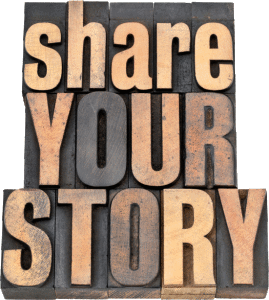 Share Your Story
Share Your Story
Have you ever written an op-ed?
If so, what was it about and where did you publish it?


